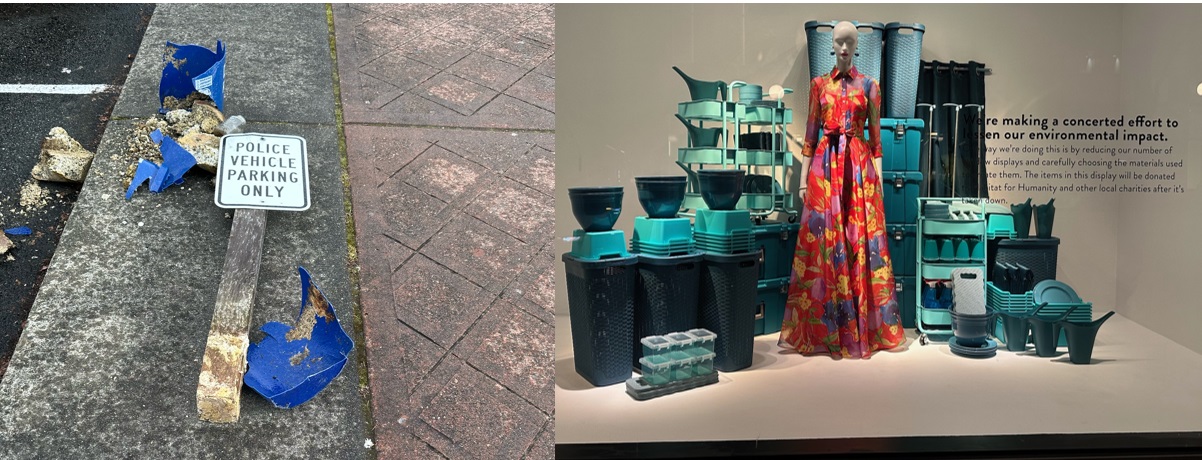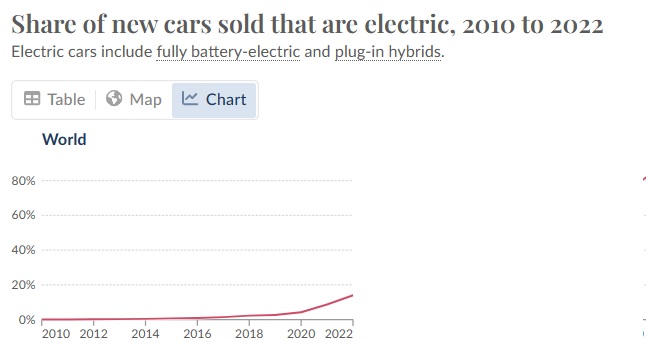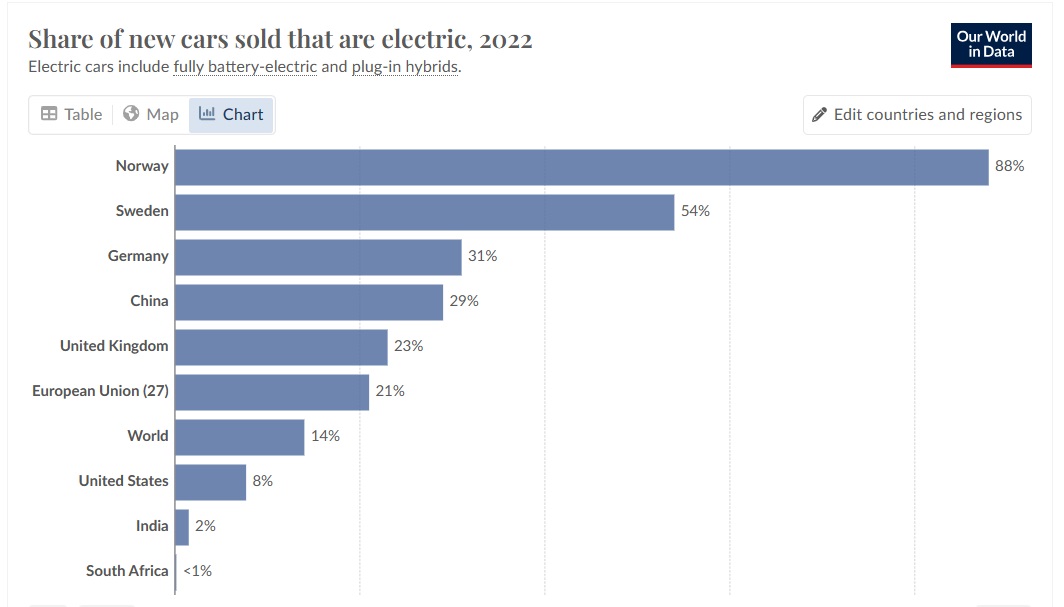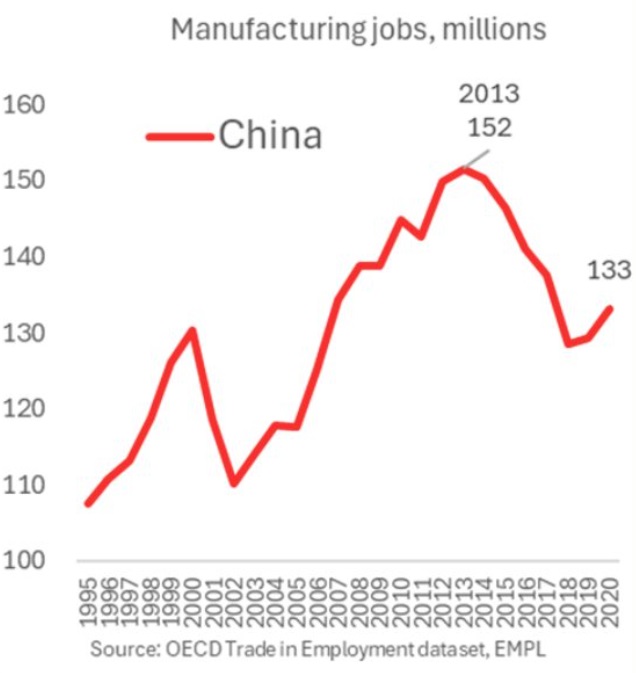The other night we knocked down Sazeracs and Old Fashioneds with a sage old friend in our old haunts: Rainier Square in the heart of downtown Seattle. Or really in the heel of the boot-shaped new building adjacent to the old Rainier Tower. Afterwards, we explored. The two buildings now form an expanded Rainier Square, a cool space with restaurants, bars, coffee shops and art—the cool kids accoutrements of the 21st century. But where were those cool kids? The space was mainly vacant with everyone presumably retreated to their digital spaces. The buildings are both commercial and residential now. But the neighborhood, downtown Seattle, is as full of boarded up shops as it is of spaces that young or old would frequent. Even the stores that remain open have strange window displays that show as much as anything a faux guilt.*
Inside the building, many of the spaces we wandered through were strange echoes and rhymes from when we worked there—just familiar enough to be recognizable. But in the early evening darkness with no one around we felt a bit like a ghost haunting a distantly familiar home or perhaps as if we had stumbled upon the set of a science fiction film where the director hadn’t quite decided whether it was a dystopian story or not. And yet, the building seems like a fun experience to live in—an atmosphere designed for both the hopes and remembrances of youthful goals. The future is weird…and we welcome it. And we also welcome the Global Diplomacy Index, an increasing number of electric cars and an assessment of China’s manufacturing jobs. It’s this week’s International Need to Know, giving out Oscar worthy international information and Grammy level global data.
*It’s difficult to read the writing in the photo of the retail display on the right (Editor: because it’s a lousy photo: INTN: Just like you to blame the photographer and not the tools): “We’re making a concerted effort to lessen our environmental impact. The way we’re doing this is by reducing our number of window displays…” Maybe so, but of course, fewer window displays means less targets for vandals.
Without further ado, here’s what you need to know.
Global Diplomacy Index
India just opened a consulate in our little burg of Seattle. Years ago we were part of an effort to encourage such an opening and are gratified to see it finally come to fruition. Remarkably upon its opening, India now has the largest consulate in Seattle with 22 staff members. As we’ve remarked over the last year, the world will increasingly look Indian going forward. That’s confirmed by the Lowry Institute’s Global Diplomacy Index which attempts to map the diplomatic reach of 66 countries. China and the U.S. are the largest, of course, with 274 and 271 posts globally respectively. But India, along with Turkey (Ottoman Empire-light) are “the fastest growing diplomatic powers in the world.” Since the pandemic, India has opened 11 new posts, including the one in Seattle. It now has 194 total, ranking it 11th, just behind Brazil, Italy and Germany. We expect by the 2030s it will have the most postings around the world.
Electric Cars Are Blowing In The Wind
Even though many American conservatives boo like folkies at the Newport Jazz Festival in 1965, the world’s electric transformation continues unabated. Case in point are the share of electric cars sold. As you can see in the first Our World in Data chart below, they went from 4 percent in 2020 to 14 percent in 2022. In 2023 preliminary data shows they reached 18 percent of the share of cars sold. As you can see in the second chart, nearly a third of new car sales in China are electric and a fifth of cars in the European Union. India lags behind at 2 percent. The U.S., although only at 8 percent, has increased from 2 percent in 2020. One challenge to electric car adoption in the U.S., as we noted last week, is our inability to build. The Inflation Reduction Act included $7.5 billion to build tens of thousands of electric vehicle chargers across the country. Two years later not a single charger has been installed because of America’s broken regulatory system and sclerotic bureaucracy. That’s what American conservatives should be booing.
China Corner: You Can’t Manufacture Jobs
Years ago when people complained that manufacturing jobs were decreasing in the United States, we’d point out that they were disappearing from other industrialized countries as well. In fact, they were disappearing at the same rate as in the United States. This was true whether we were talking about Japan, France or Germany. We also noted that China was beginning to lose manufacturing jobs as well. As you can see, until the pandemic, China has been losing manufacturing jobs since 2013—nearly 20 million. That doesn’t mean China, or the U.S., are producing less. Manufacturing becomes more efficient over time, from better technology and techniques. During the early part of the pandemic, when people around the world stopped traveling and eating out, they instead spent money on things. China was building many of those things so briefly there was an increase in manufacturing jobs in China. In all likelihood they will again start losing manufacturing jobs going forward. If not, that’s a sign China’s economy is becoming less efficient and productive which is a negative for its economy not a positive.






